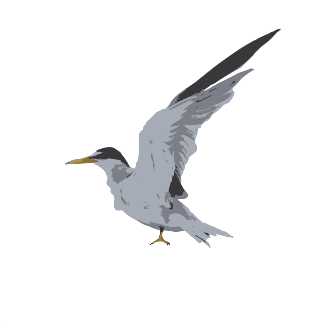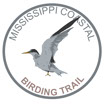Best Time to Visit This Site:
Year-Round
Most Sought Species at This Site:
Swallow-tailed Kite, Mississippi Kite, Gull-billed Tern, Chuck-will’s-widow, Sedge Wren, Prothonotary Warbler, Swainson’s Warbler, Painted Bunting
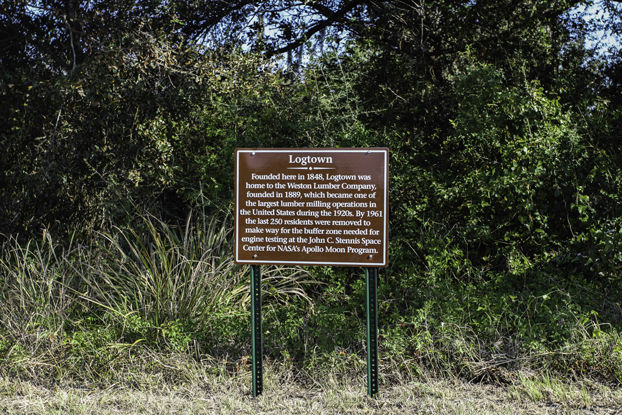
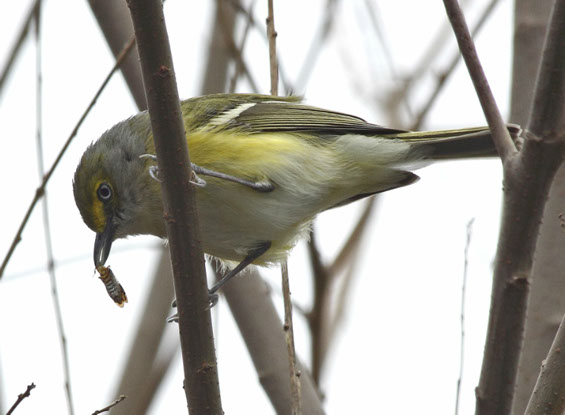

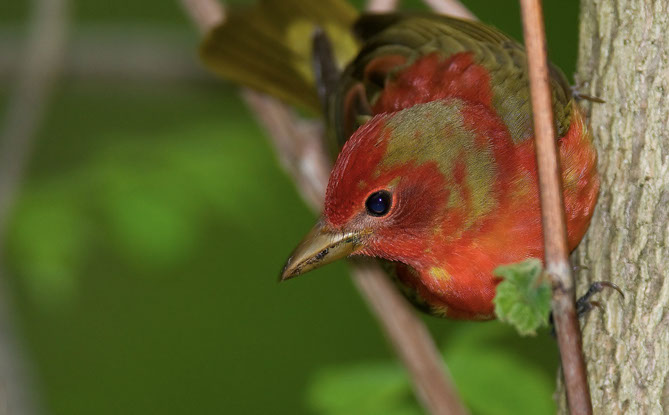
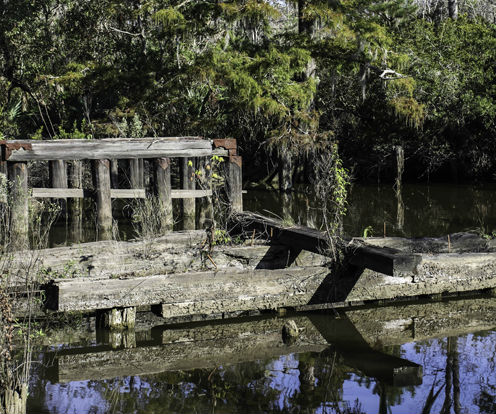
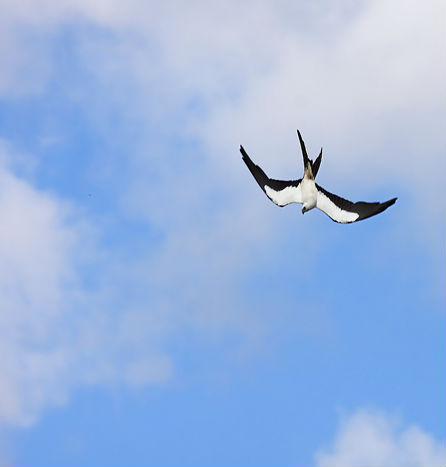
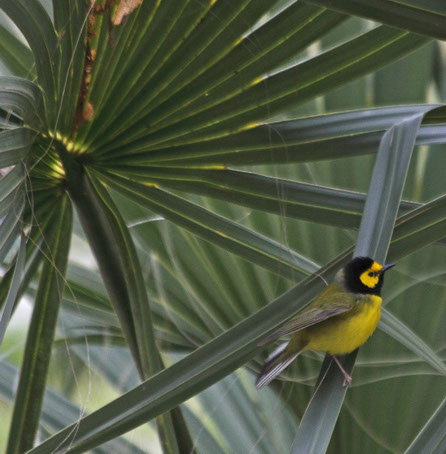
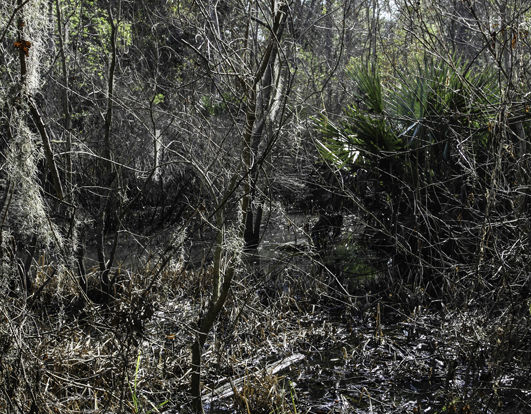
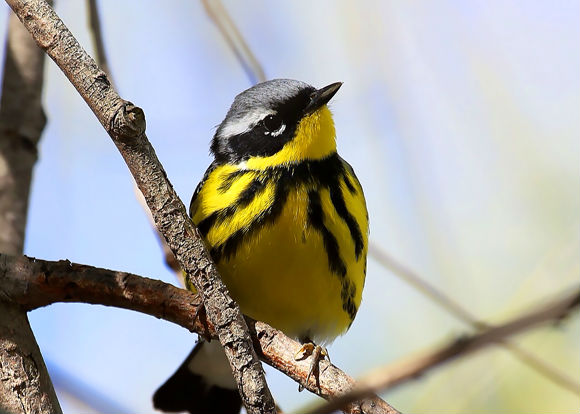

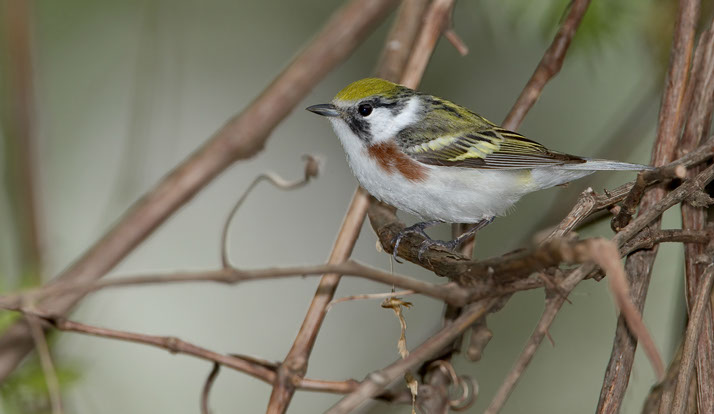



Mozart Mark Dedeaux
Sharon Milligan
Mozart Mark Dedeaux
W.H. Majoros
Mozart Mark Dedeaux
Sharon Milligan
Sharon Milligan
Mozart Mark Dedeaux
Michael Pogue
Michael Pogue
W.H. Majoros
This historic town site on the Pearl River has long been a cornerstone of Mississippi coastal birding. It lies entirely within the buffer zone of the Stennis Space Center where permanent buildings and human occupancy, including overnight camping, are not permitted.
Logtown is essentially a roadside birding site with a number of short footpaths leading off into the woods. Note that some of the land is still privately owned or of restricted access. Obey all postings. Primary habitat along the access road from Hwy 607 begins as southern mixed hardwood forest then shifts to bottomland hardwood forest with patches of cypress swamp closer to the river. There are a few now barely recognizable old home sites and some regenerating clear-cuts that harbor in season White-eyed Vireo, Yellow-breasted Chat, Indigo Bunting and more rarely, Painted Bunting. From the historic cemetery to the boat launch, the huge ancient live oaks that lined the road of the old town site can provide some spectacular birding during migration.
Other key species to watch for in breeding season are Swallow-tailed Kite, Mississippi Kite, Broad-winged Hawk, Eastern Wood-pewee, Wood Thrush Swainson’s Warbler (cane) Yellow-throated Warbler (cypress) Northern Parula, and Prothonotary and Hooded Warblers (just about everywhere).
Just short of the boat launch is the southern terminus of the newly created Possum Walk Trail - a 7+ mile nature trail extending north to the Infinity Science Center located at the Interstate I-10, Exit 2. The first mile or so northward along this trail traverses excellent bottomland hardwood forest and should provide additional access to a variety of key species. In winter, Yellow-bellied Sapsucker, Brown Creeper, both kinglets and other visitors join the roaming flocks of permanent residents. Also be on the look out for a variety of wintering sparrows, sometimes including (Red) Fox Sparrow and Lincoln’s Sparrow in the brushy roadside margins. Hunting is allowed in this area. For your own safety, wear highly visible blaze orange hunting clothes during hunting seasons. Information on hunting seasons can be found by clicking on the Hunting icon to the right.

Website -Mozart Mark Dedeaux
Birding Ethics
Contact Us
Website Feedback
New Trail Nomination
Updated: 9/17/2013
